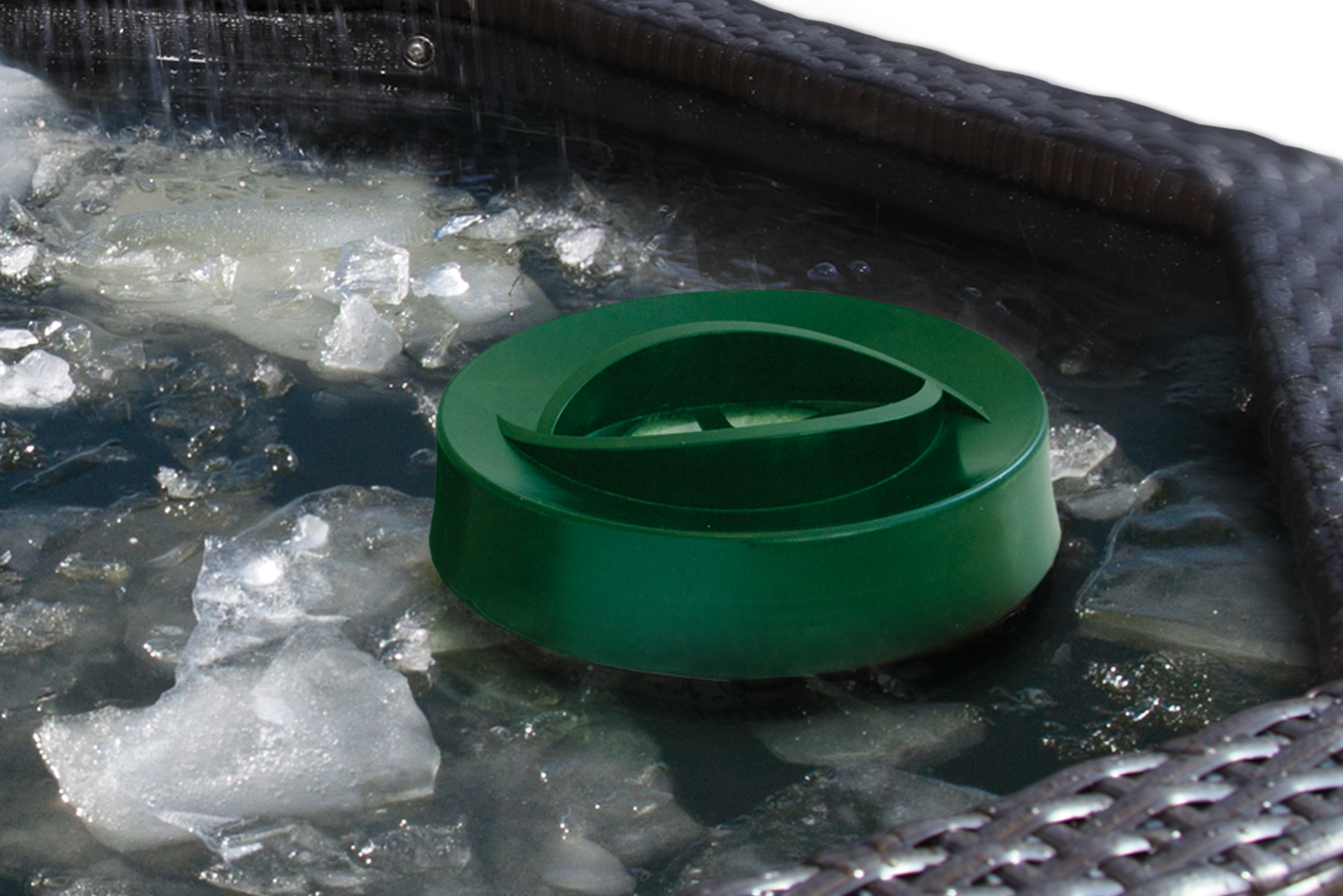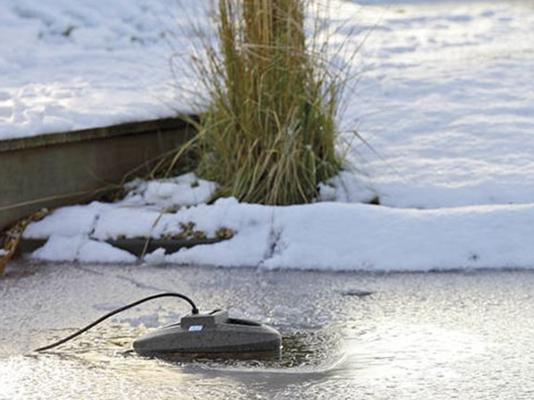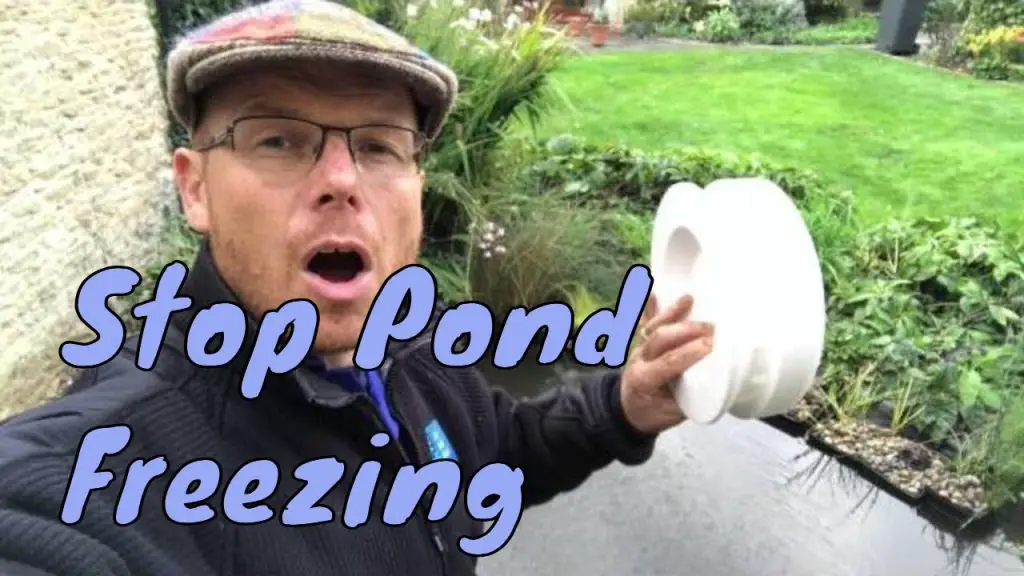During the winter months, keeping a pond from freezing is crucial to maintaining a healthy aquatic environment for the plants and animals that call it home. Freezing temperatures can be detrimental to the ecosystem of a pond, causing stress or even death to its inhabitants. In this article, we will discuss various methods and techniques to prevent a pond from freezing over.
1. Pond De-Icer
One of the most common and effective ways to keep a pond from freezing is by using a pond de-icer. A pond de-icer is a device that floats on the surface of the water and prevents ice from forming by generating heat. It helps to maintain an opening in the ice, allowing for the exchange of oxygen and gases, which is essential for the survival of fish and other aquatic life.
2. Aerator
Installing an aerator in the pond can also help prevent freezing. An aerator works by agitating the water, which helps to keep it moving and prevents it from becoming stagnant. Stagnant water is more likely to freeze over quickly, so by keeping the water moving, you can reduce the chances of the pond freezing completely.
3. Pond Heater
Another option to consider is a pond heater. A pond heater is a submersible device that can be placed at the bottom of the pond to keep the water temperature above freezing. This can help prevent ice from forming on the surface and ensure that the aquatic life in the pond stays warm and healthy throughout the winter.

Credit: pondaquariumproblemsolver.co.uk
4. Insulation
Adding insulation around the pond can also help prevent it from freezing. You can use materials such as straw, hay, or even a pond net to cover the surface of the water. This insulation layer can help retain heat and prevent the water from freezing too quickly, providing additional protection for the pond and its inhabitants.

Credit: www.swelluk.com
5. Circulation Pump
Installing a circulation pump in the pond can help keep the water moving, which in turn can prevent it from freezing. The movement of water created by the pump helps distribute heat more evenly throughout the pond, reducing the likelihood of ice formation. It also helps to oxygenate the water, which is essential for the survival of fish and other aquatic organisms.
6. Ice Eater
An ice eater is a device specifically designed to prevent ice formation in ponds. It works by creating a continuous circulation of water near the surface, which helps to break up ice and prevent it from forming a solid sheet. Ice eaters are highly effective in areas where temperatures drop significantly and ice formation is a common issue.
7. Monitoring
Regularly monitoring the temperature of the pond is essential to ensure that it does not freeze over completely. Use a thermometer to check the water temperature and take necessary actions if it drops too low. By staying vigilant and proactive, you can prevent any potential freezing issues before they become a threat to the pond ecosystem.
8. Removing Snow
After a snowfall, make sure to remove any accumulated snow from the surface of the pond. Snow can act as an insulator, trapping cold air and causing the water temperature to drop rapidly. By clearing the snow regularly, you can help maintain a more stable temperature in the pond and reduce the risk of freezing.
9. Shade Cover
During the winter months, consider installing a shade cover over the pond. A shade cover can help reduce the amount of sunlight reaching the water, which in turn can help regulate the temperature and prevent it from freezing too quickly. It also provides additional protection from harsh weather conditions.
10. Emergency Plan
Lastly, have an emergency plan in place in case the pond does freeze over despite your efforts. Be prepared with a backup heating source or emergency de-icer to quickly restore the pond to a safe temperature. Act swiftly to prevent any harm to the aquatic life in the pond.
By implementing these various methods and techniques, you can effectively keep a pond from freezing during the winter months. Maintaining a healthy and thriving pond ecosystem is essential for the well-being of the plants and animals that depend on it. With proper care and attention, you can enjoy a beautiful and vibrant pond all year round.


